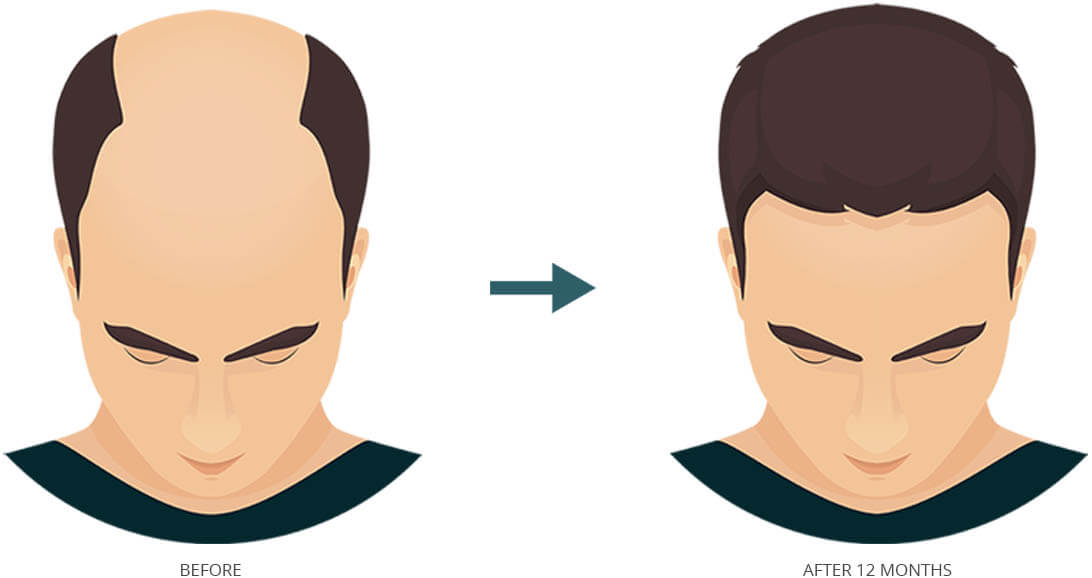A hair graft, also known as a hair transplant graft, is a surgical procedure used in hair transplantation to address hair loss or balding. Hair transplantation involves taking hair follicles from one area of the body (usually the back or sides of the scalp, called the “donor area”) and transplanting them to an area of the scalp with thinning or no hair (the “recipient area”).
A hair graft typically contains one or more hair follicles, which consist of the hair bulb, shaft, and surrounding tissue. The goal of a hair transplant is to achieve natural-looking hair restoration by redistributing healthy hair follicles from the donor area to areas that have experienced hair loss.
There are two main techniques used in hair transplantation, both of which involve the harvesting and transplantation of hair grafts:
1. Follicular Unit Transplantation (FUT):
In FUT, a strip of scalp containing hair follicles is surgically removed from the donor area. The strip is then dissected under a microscope to separate individual hair follicles or small groups of follicles (known as follicular units). These follicular units are then transplanted into the recipient area.
2. Follicular Unit Extraction (FUE):
FUE involves the individual extraction of hair follicles directly from the donor area using a specialized instrument. These follicles are then transplanted into the recipient area. FUE does not require a linear incision and leaves small circular scars that are less noticeable.
Hair grafts can contain varying numbers of hair follicles, usually ranging from single follicles to follicular units containing 2-4 hairs. The choice of graft type and the number of grafts needed depend on factors such as the extent of hair loss, the quality of the donor area, the patient’s desired outcome, and the surgeon’s expertise.
Hair grafting procedures have advanced over the years, and skilled surgeons can create natural-looking results that blend seamlessly with existing hair. The success of a hair transplant largely depends on factors such as the surgeon’s skill, the patient’s expectations, and the characteristics of the hair and scalp.
It’s important for individuals considering a hair graft to consult with a qualified hair transplant surgeon who can evaluate their candidacy, explain the procedure, and provide information about potential outcomes and recovery. Hair grafting can be an effective option for restoring hair density and improving the appearance of hair loss or balding areas.
It’s advisable to consult with a qualified and experienced hair transplant surgeon Dr. Deepam Shah Practicing at Viva Aesthetic Clinic as he is considered the Best Hair transplant in Mumbai



